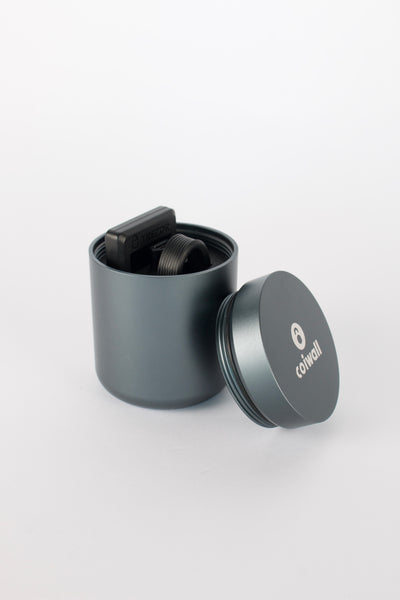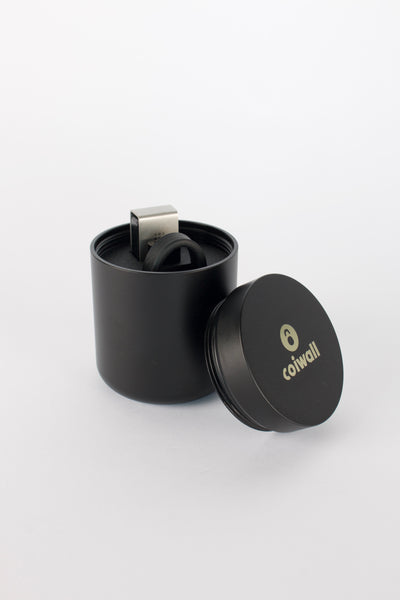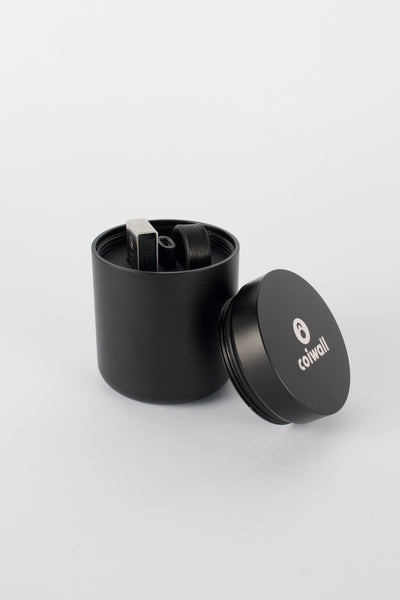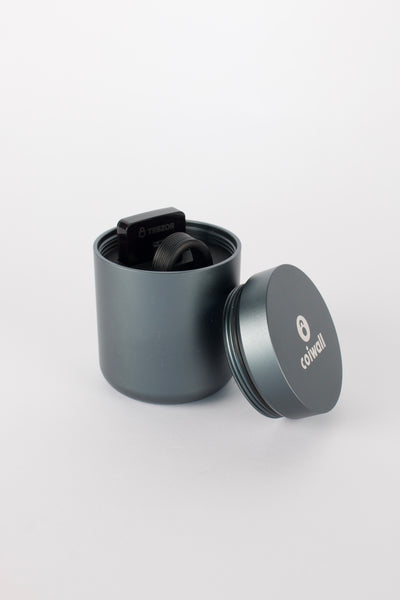Futures. The word alone sort of hints at something unknown, doesn’t it? In the crypto scene, futures contracts have become the buzz in coffee-fueled Discord chats and late-night Twitter threads. Still, these financial instruments aren’t just edgy playgrounds for big players—regular folks might want to tune in, too. Stick around, and you’ll learn why.
Wait, What Exactly Are Crypto Futures?
Alright, let’s break it down, no jargon buffet. A crypto futures contract is a legal agreement between two parties to buy or sell a digital asset (let’s say Bitcoin) at a certain price on a set date in the future. The magic? You don’t actually have to own Bitcoin to play this game. Picture two traders shaking hands: one bets Bitcoin will shoot up, the other thinks it’s heading south. Come the agreed-upon date, no matter where the market actually sits, they settle up based on their contract. The result? One cheers, one groans, and both are probably checking their wallets for extra aspirin.
Who’s Using Futures Contracts, Anyway?
Really, it’s a split between hedgers and speculators. Hedgers want to lock in a price so they can sleep better at night (think miners finding comfort in knowing what they'll earn). Speculators? Well, they’re chasing adrenaline—and profits—by betting on swings up or down. Everyone’s in for a reason, but their endgame isn’t always the same.
The Nitty-Gritty: Exchanges, Margin, and the Clearinghouse Puzzle
Here’s something a lot of newcomers get wrong: futures contracts aren’t wild agreements scribbled on napkins. They’re standardized, traded on exchanges like CME, Binance, and even smaller platforms catering specifically to crypto. This setup brings a whole host of rules—and a clearinghouse—into the mix. That clearinghouse serves as the intermediary, stepping in between buyer and seller to reduce the risk that someone bails when the bill comes due. So, you’re not staring across the digital void, wondering if ‘crypto_king989’ will pay up.
Then there’s margin. This is where things get spicy. You don’t fork over the whole value of, say, five Bitcoin; you put up a fraction (the margin) to cover potential losses. If things go south fast, the exchange might ask you to top up your account, or—if you don’t—they’ll close your position in a heartbeat. It can feel a little like riding a roller coaster after too much coffee. Fun? Sometimes. Risky? Always.
Trezor, Ledger, and the Security Side-Quest
Let’s pause for a second. Security is a word that gets tossed around a lot in crypto—and with good reason. While you don’t need to actually store physical coins when you’re trading futures, your broader crypto holdings still matter. Traders often use hardware wallets such as Trezor or Ledger to stash actual coins safely, keeping them away from the digital pickpockets that haunt exchanges. Even if you’re just speculating via futures, any real crypto you do own should live behind that shield. That’s one decision you’ll never regret.
Real-World Example: Futures in Action
Let me paint a picture: imagine you’re a miner, and Bitcoin’s price is bobbing up and down like a cork in rough water. You want predictability. So, you enter a six-month Bitcoin futures contract to sell at $35,000 per coin. Fast-forward half a year—if Bitcoin’s price tanks to $30,000, you’re still set to sell at your rock-solid $35,000. That’s hedging, pure and simple. Meanwhile, someone else (maybe your neighbor two time zones away) bought the same contract hoping prices would soar. If the price does leap to $40,000, they’ve scored a nice profit. See the tug-of-war?
Futures Trading: Tips for the Curious (and Cautious)
- Start Small: Don’t jump in with both feet before understanding the ropes. Nearly every horror story starts with, “I thought I understood leverage.”
- Use Stop Losses: Set limits so a bad bet won’t wipe you out. Trust me—future-you will be grateful.
- Stay Updated: News, regulations, and even random tweets can send prices on a wild ride. Be ready.
- Secure Your Holdings: Even if you’re not holding coins for the contract, use wallets like Trezor or Ledger for any real assets you might own elsewhere.
- Don’t Trade Emotionally: It’s easy to get swept up. Cold logic beats hot takes, every time.
Risks and Rewards: More Than Just Numbers
If anyone tells you futures trading is easy money, they either got very lucky or hope you’ll fund their yacht. Futures add leverage, so the gains (or losses) can be massive relative to your investment. While this can turn modest capital into outsized profits, it can also sink an account before you finish your morning coffee. Margin calls aren’t a myth—they’re an ever-present risk.
There are other wrinkles, too. Markets can behave irrationally, exchanges can have outages, and sometimes, regulations swoop in to tweak the rules while you’re mid-game. Risk isn’t just present—it’s the entire playing field.
Trends and Twists: Futures in 2024 and Beyond
Lately, with traditional finance giants dipping toes (and whole legs) into the crypto pool, futures markets are growing up. More exchanges are seeking regulatory blessings, and there’s talk about futures on everything from Bitcoin to the most obscure altcoin you’ve never heard of. Plus, as hardware wallets like Trezor and Ledger become household names for crypto veterans, there’s a push for education and security across the industry. More traders are treating their risk management seriously—often after learning the hard way.
Platforms like TradingView and Investing.com have made it easier than ever to peer into futures markets in real time, helping everyday users keep pace with institutional whales. It’s not just a professionals’ arena anymore. Everyone’s joining the chorus.
Parting Thoughts: Is There a 'Right' Way to Use Crypto Futures?
Maybe you’re drawn by the potential payoffs—or maybe you just like the chess-match aspect. Either way, futures are a tool. They aren’t inherently risky or safe; that’s down to the trader behind the screen. Whether you’re hedging, speculating, or just feeding your curiosity, remember to mix caution with ambition. And honestly? That’s advice you can use whether you’re HODLing, stacking sats, or speculating your way through another crypto cycle.
So the next time someone casually drops “futures contracts” in a chat, you’ll know exactly what they’re talking about—and maybe, just maybe, you’ll keep your wits about you when the next big bet comes along. You know what? That’s all any of us can really ask.











